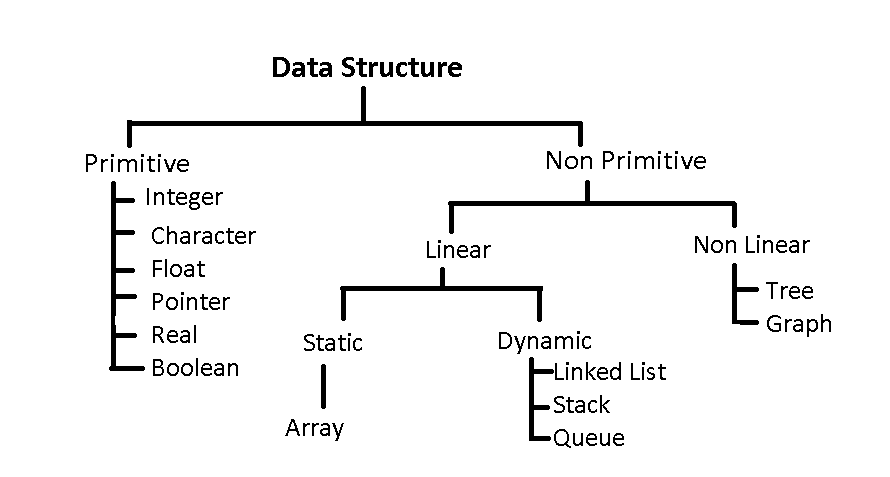Basic Terminologies related to Data Structures

Understanding basic terminologies related to data structures is essential for grasping their concepts and applications. Here are some fundamental terms:
Data Structure: A data structure is a way of organizing and storing data in a computer's memory or storage system, along with operations that can be performed on that data.
Element: An element is an individual data item stored within a data structure. For example, in an array, each value stored in the array is considered an element.
Collection: A collection refers to a group of elements that are stored and managed together within a data structure. Collections can be homogeneous (containing elements of the same type) or heterogeneous (containing elements of different types).
Access Operation: An access operation refers to the process of retrieving or accessing a specific element or group of elements from a data structure. Common access operations include searching, retrieving, or updating elements.
Insertion Operation: An insertion operation involves adding a new element to a data structure. Insertion operations may vary in complexity depending on the type of data structure and its organization.
Deletion Operation: A deletion operation involves removing an existing element from a data structure. Similar to insertion operations, deletion operations can vary in complexity based on the data structure being used.
Traversal: Traversal refers to the process of visiting and accessing each element in a data structure in a specific order. Traversal is often used for searching, sorting, or processing all elements within a data structure.
Search Operation: A search operation involves finding a specific element or group of elements within a data structure. The efficiency of search operations can vary depending on factors such as the size of the data structure and the search algorithm used.
Sorting: Sorting refers to the process of arranging the elements of a data structure in a specified order, such as numerical or lexicographic order. Sorting algorithms are commonly used to organize data for efficient searching and retrieval.
Algorithm: An algorithm is a step-by-step procedure or set of instructions used to perform a specific task or solve a problem. Data structures often work in conjunction with algorithms to manipulate and process data efficiently.
Understanding these basic terminologies will provide a solid foundation for learning about different data structures and their applications in computer science and software development.
Thank you,